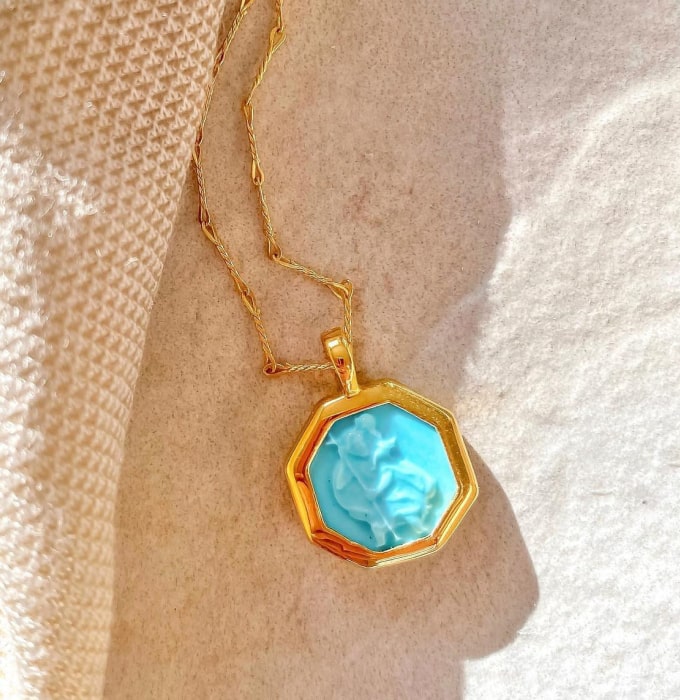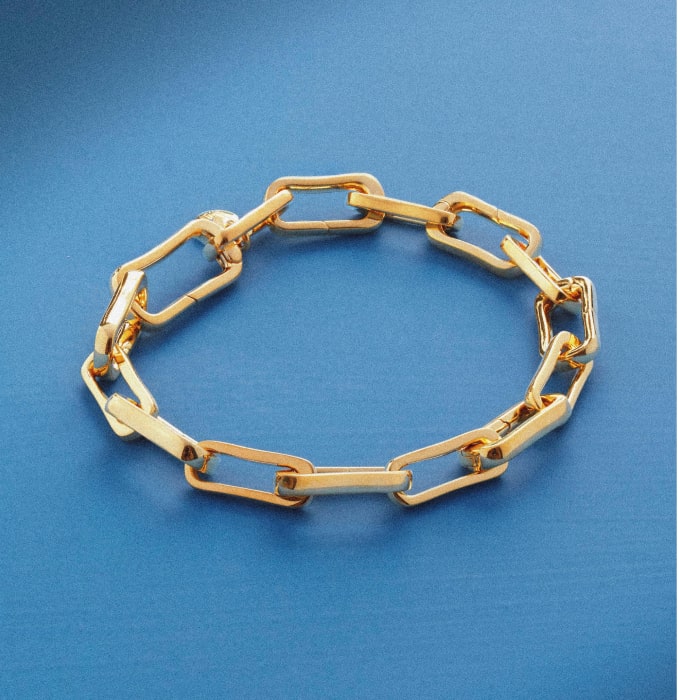Key Takeaways:
- Gold Purity Defined: Gold purity indicates the proportion of pure gold in an item, measured using the carat system.
- Value Correlation: Higher gold content increases the item's value. Knowing the purity is crucial for ensuring a fair price in transactions.
- Purity Testing Methods: Gold purity can be determined through hallmarking, acid testing, and electronic testing. Electronic testing is accurate and safe but can be costly.
Understanding Gold Purity and Its Impact on Value
Gold has been cherished for its beauty and rarity for millennia. But what exactly makes gold so valuable? The key factor lies in its purity, or the proportion of pure gold in an item. For anyone looking to buy or sell gold, understanding its purity and how it affects value is essential. In this article, we’ll delve into the concept of gold purity, how it is measured, and how it influences gold’s value.
What is Gold Purity?
Gold purity indicates the proportion of pure gold in an item. The highest purity is 24 carat (24ct), which means the item is 99.9% pure gold. However, because pure gold is too soft for most practical uses, it is often alloyed with other metals to enhance its strength and durability. The carat system measures gold purity, ranging from 24ct (purest) to 9ct (least pure).
Understanding the Carat System
The carat system quantifies the purity of gold. Each carat represents 1/24th of the total weight of the item in pure gold. For instance, 18 carat (18ct) gold comprises 18 parts gold and 6 parts other metals, equating to 75% gold content. Similarly, 9 carat (9ct) gold contains 9 parts gold and 15 parts other metals, or 37.5% gold content.
Here’s a breakdown of common carat levels and their gold content:
- 24ct: 99.9% gold content
- 22ct: 91.7% gold content
- 18ct: 75% gold content
- 14ct: 58.3% gold content
- 9ct: 37.5% gold content It’s important to note that the carat system measures the purity of gold, not its weight or size.
How Gold Purity Affects Its Value
The value of gold is directly influenced by its purity. Higher purity gold items are more valuable. For example, a 24ct gold item will be worth more than a 9ct gold item of the same weight and size due to the higher content of pure gold. Buyers typically base their offers on both the weight and purity of the gold, with higher purity fetching higher prices.
Methods to Determine Gold Purity
There are several techniques to ascertain the purity of gold:
- Hallmarking: In countries like the UK, gold items must be hallmarked, indicating their purity. A hallmark usually includes the carat number, the maker's mark, and the assay office mark.
- Acid Testing: This method involves applying acid to a small sample of the gold to test its purity. This technique should be performed by professionals due to the potential hazards.
- Electronic Testing: Using an electronic tester, this method measures the electrical conductivity of gold to determine its purity. It is accurate and safe but requires investment in the testing equipment.
Conclusion
Gold purity is a critical factor in determining the value of gold items. The carat system is used to measure this purity, with 24ct representing the highest purity. Understanding the purity of gold is vital for making informed decisions in buying or selling gold. Whether through hallmarking, acid testing, or electronic testing, accurately determining gold purity ensures fair pricing and valuable transactions. By grasping the concept of gold purity, you can navigate the gold market more effectively.











